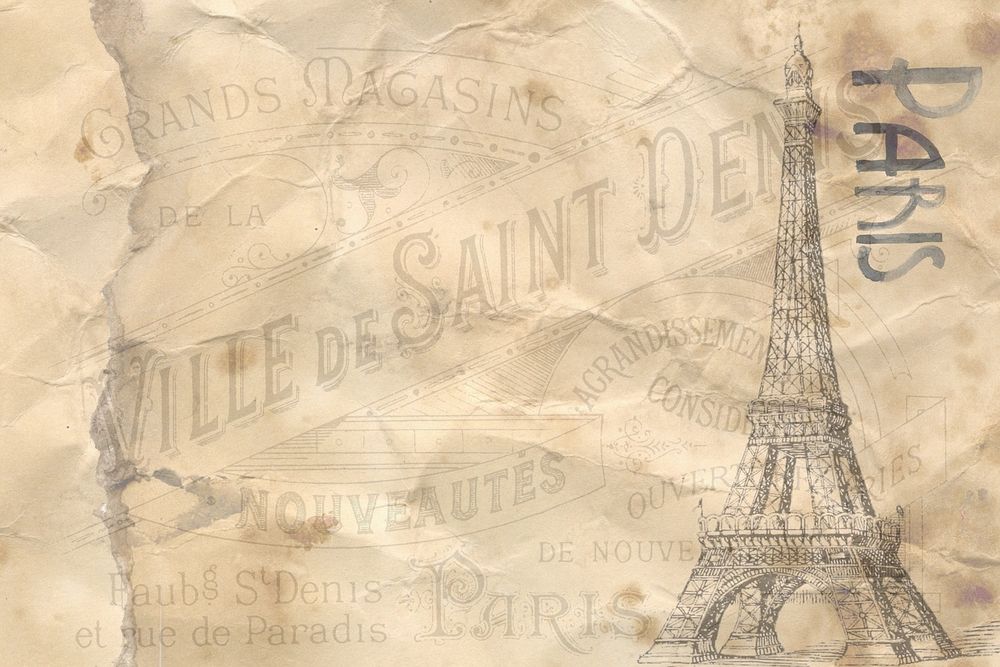Traditional French Paper Sizes
| 規格 | 短辺×長辺 (mm) |
短辺×長辺 (インチ:in) |
|---|---|---|
| Cloche | 11.8 × 15.7 in | 300 × 400 mm |
| Pot, écolier | 12.2 × 15.7 in | 310 × 400 mm |
| Tellière | 13.4 × 17.3 in | 340 × 440 mm |
| Couronne écriture | 14.2 × 14.2 in | 360 × 360 mm |
| Couronne édition | 14.6 × 18.5 in | 370 × 470 mm |
| Roberto | 15.4 × 19.7 in | 390 × 500 mm |
| Écu | 15.7 × 20.5 in | 400 × 520 mm |
| Coquille | 17.3 × 22 in | 440 × 560 mm |
| Carré | 17.7 × 22 in | 450 × 560 mm |
| Cavalier | 18.1 × 24.4 in | 460 × 620 mm |
| Demi-raisin | 12.8 × 19.7 in | 325 × 500 mm |
| Raisin | 19.7 × 25.6 in | 500 × 650 mm |
| Double Raisin | 25.6 × 39.4 in | 650 × 1000 mm |
| Jésus | 22 × 29.9 in | 560 × 760 mm |
| Soleil | 23.6 × 31.5 in | 600 × 800 mm |
| Colombier affiche | 23.6 × 31.5 in | 600 × 800 mm |
| Colombier commercial | 24.8 × 35.4 in | 630 × 900 mm |
| Petit Aigle | 27.6 × 37 in | 700 × 940 mm |
| Grand Aigle | 29.5 × 41.3 in | 750 × 1050 mm |
| Grand Monde | 35.4 × 49.6 in | 900 × 1260 mm |
| Univers | 39.4 × 44.5 in | 1000 × 1130 mm |
Before the adoption of the ISO standard system in 1967, France had its own paper size system. Some of these formats are still used today, and they are standardized by the AFNOR.[30] Their names come from the watermarks that the papers were branded with when they were handcrafted, which is still the case for certain art papers. They also generally exist in double versions where the smallest measure is multiplied by two, or in quadruple versions where both measures have been doubled.
| A series | B series | C series | US sizes | US Envelope |
| International Envelope | Photography Paper | Canadian | Japanese | Books |
| Newspaper | Chinese | Billboard | Imperial | Colombian |
| French | Raw | Transitional |


Comments